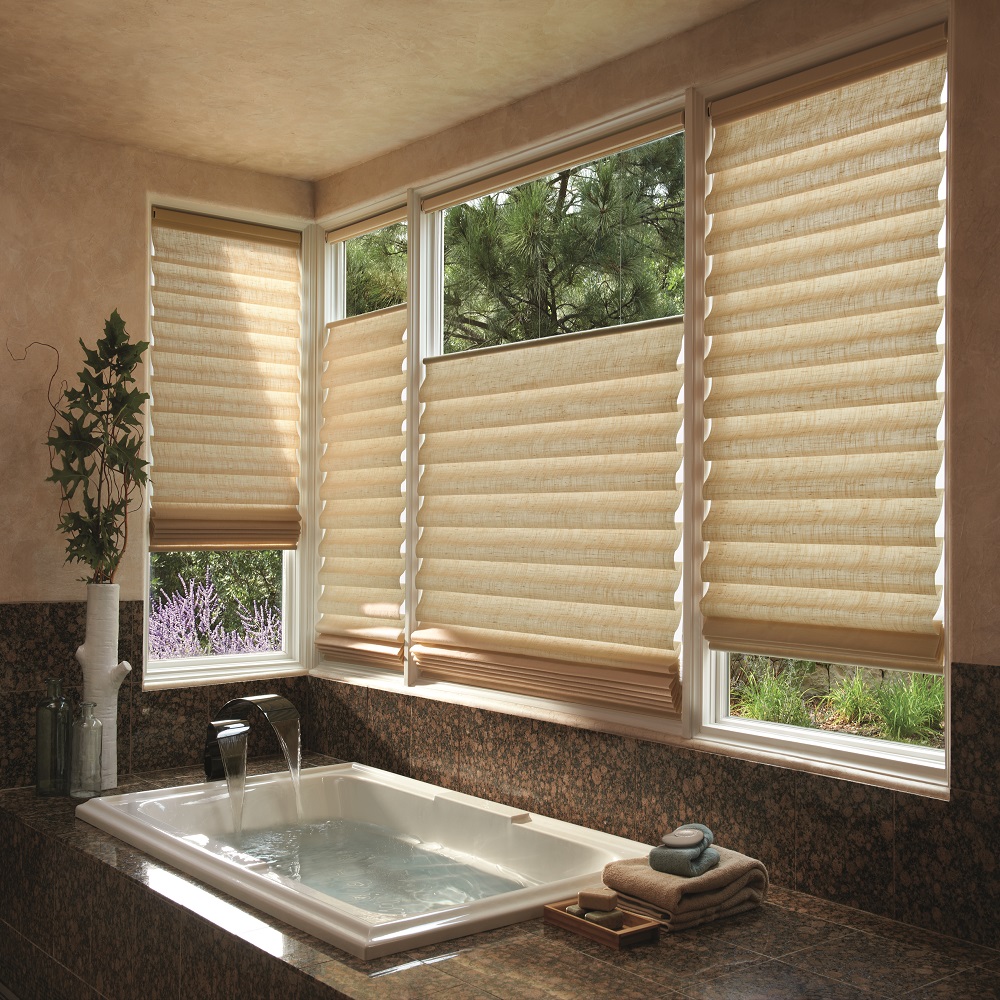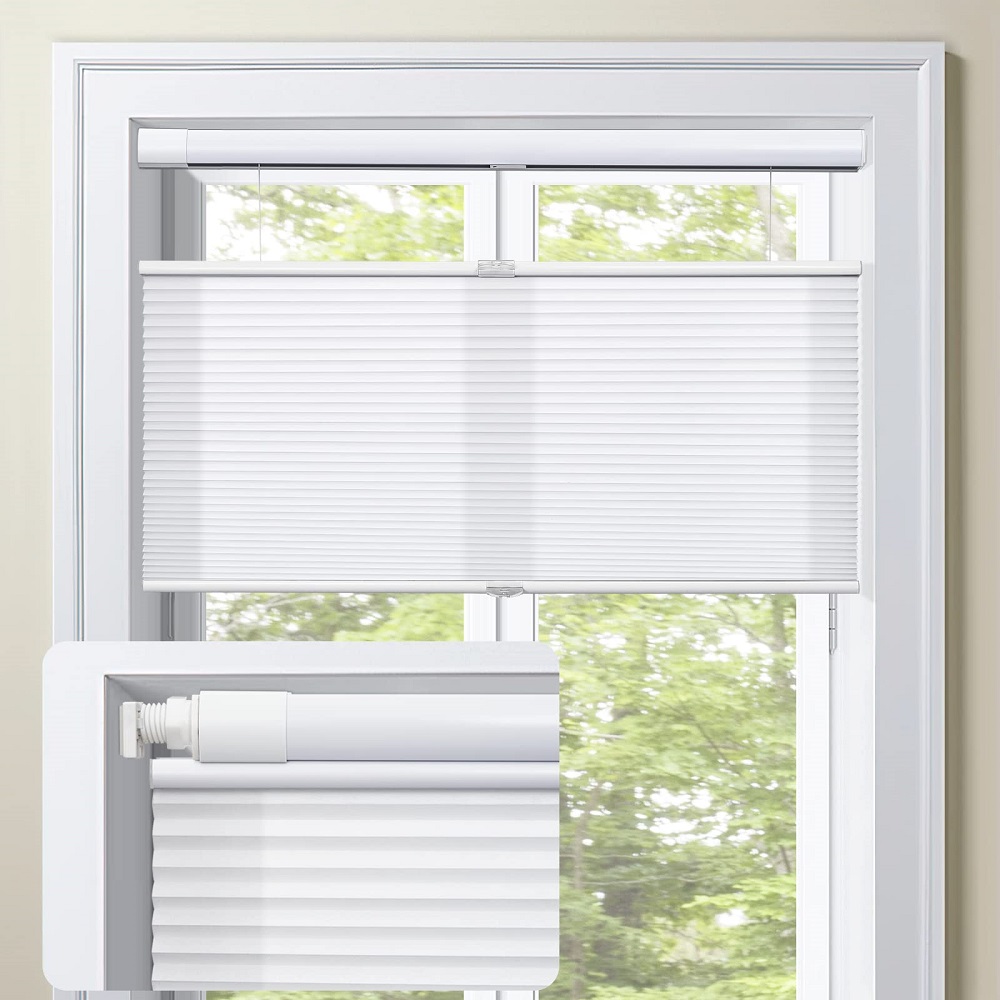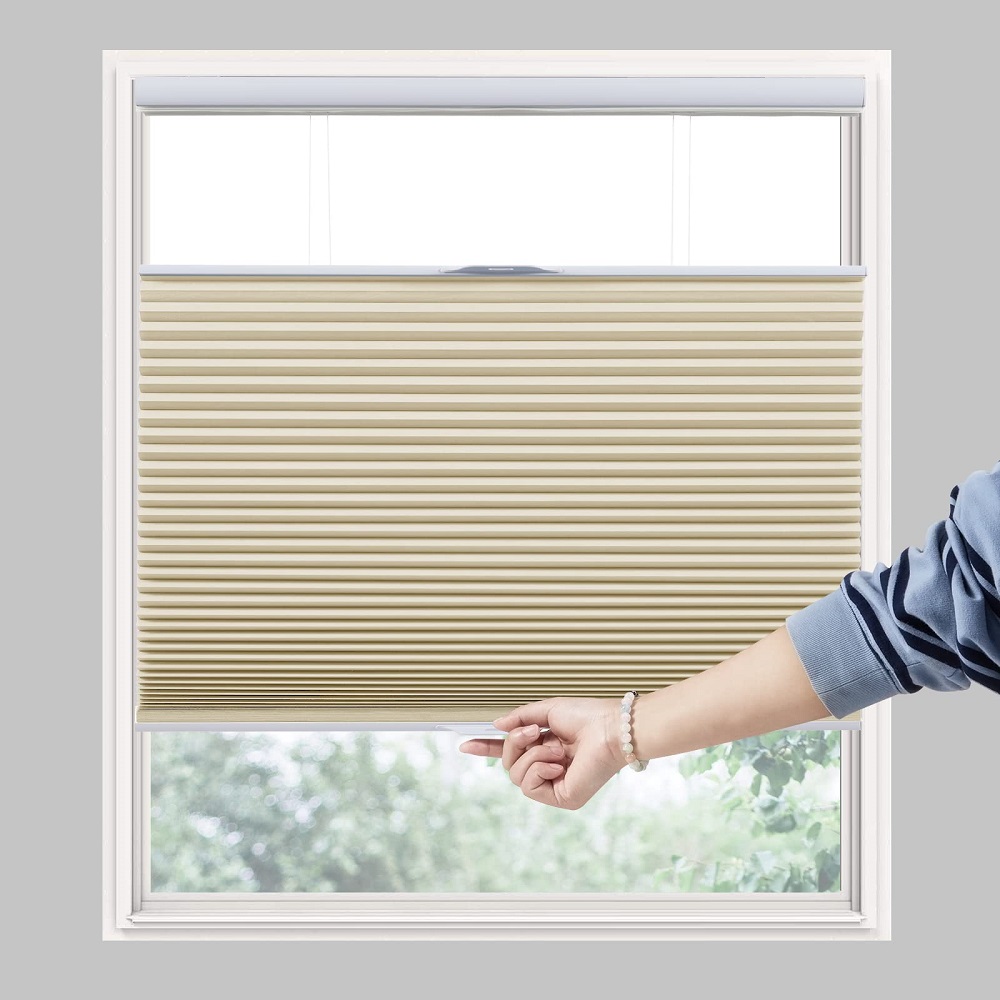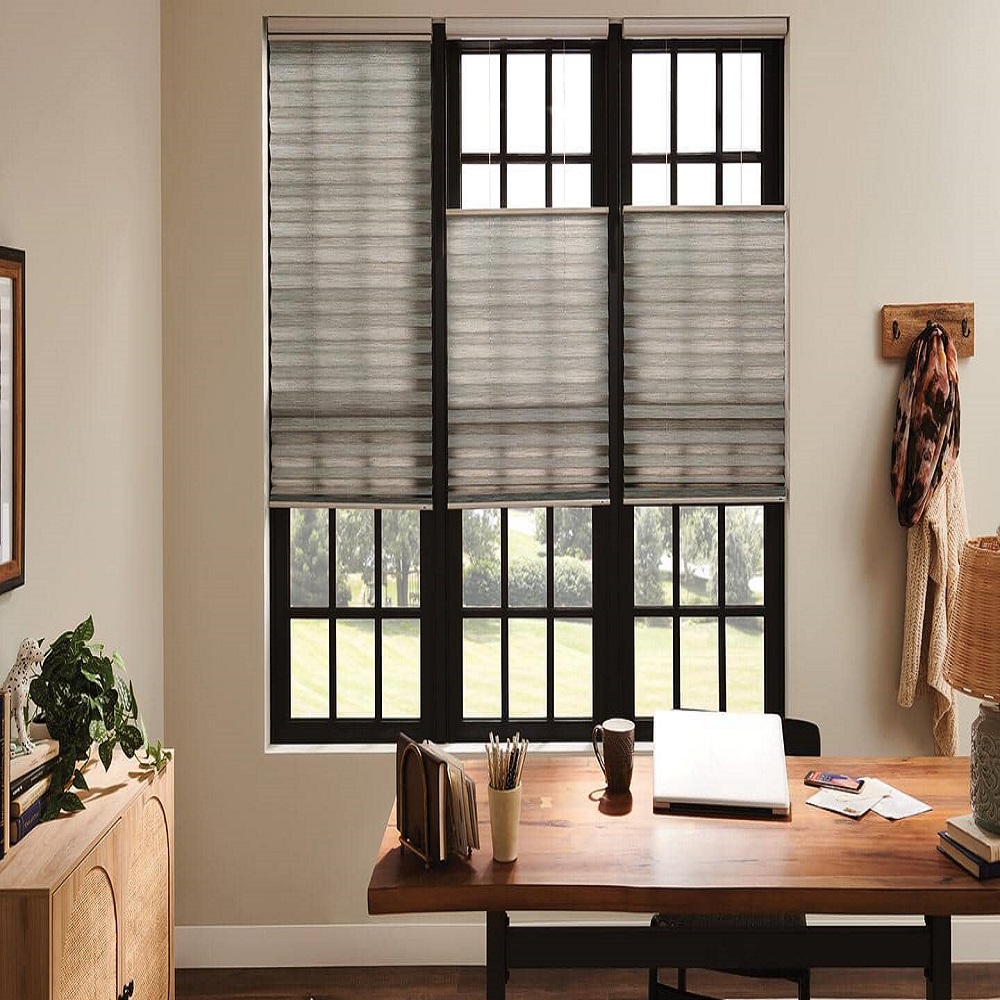Window treatments play a crucial role in shaping the atmosphere of our living spaces. Among the many options available, blinds are a popular choice for their versatility and functionality. However, the way we position our blinds—whether up or down—can significantly impact the light entering a room and, consequently, our mood and well-being. In this article, we will explore the effects of blinds on light and mood, discussing various aspects such as natural light, psychological effects, and practical considerations.
The Role of Natural Light in Our Lives
Understanding Natural Light
Natural light is not just a source of illumination; it plays a vital role in our physical and mental health. Exposure to sunlight helps regulate our circadian rhythms, influencing our sleep patterns and energy levels. It also affects our mood by boosting serotonin production, which can combat feelings of anxiety and depression. When blinds are up, allowing natural light to flood a room, the environment feels more open and inviting, promoting a positive mindset.
The Impact of Blinds Positioning
When blinds are down, they obstruct sunlight, creating a dimmer atmosphere that may feel cozy to some but stifling to others. For instance, in a workspace, too much darkness can lead to feelings of lethargy and reduced productivity. Conversely, in relaxation spaces like living rooms, lowering the blinds can create a serene ambiance, making it easier to unwind. The key is to find a balance that allows for sufficient natural light while providing comfort.

Psychological Effects of Light on Mood
Bright Light and Its Energizing Effects
Studies have shown that exposure to bright light can have energizing effects on individuals. Rooms filled with natural light tend to foster creativity and enhance cognitive function. This is particularly important in environments where focus and innovation are essential, such as offices and studios. Blinds up can facilitate a brighter workspace, leading to higher motivation and improved performance.
Dim Light and Its Calming Influence
On the other hand, dim lighting has its benefits, particularly in settings designed for relaxation. Lowering the blinds can create a calming environment that encourages introspection and tranquility. This is especially useful in bedrooms or meditation spaces, where creating a peaceful atmosphere is paramount. The interplay between light and mood illustrates how the simple act of adjusting blinds can transform a space’s emotional impact.
Types of Blinds and Their Effects on Light
Venetian Blinds: Versatile Control of Light
Venetian blinds are a popular choice due to their adjustable slats, allowing for precise control over the amount of light entering a room. When positioned up, they can create a bright and airy atmosphere, while tilting the slats can soften the light, providing a gentle glow without complete darkness. This flexibility makes Venetian blinds ideal for spaces that require both functionality and aesthetic appeal.
Roller Blinds: From Complete Blockage to Soft Diffusion
Roller blinds offer a range of options, from sheer fabrics that diffuse light to blackout materials that eliminate it entirely. When fully raised, roller blinds invite abundant sunlight, creating a vibrant environment. Conversely, lowering them completely can provide privacy and darkness, making them suitable for home theaters or bedrooms. The choice of fabric also influences mood—lighter fabrics tend to create a more uplifting atmosphere, while darker options can add a touch of elegance and intimacy.
The Functional Aspects of Blinds
Energy Efficiency and Comfort
Another important consideration in the discussion of blinds is their role in energy efficiency. When blinds are up during the day, they allow sunlight to warm a room, potentially reducing heating costs in colder months. However, in summer, lowering blinds can block out excessive heat and glare, maintaining a comfortable indoor climate. This dual functionality highlights the importance of understanding how to use blinds effectively for both comfort and economic benefits.
Privacy and Security Considerations
Privacy is another factor that influences the positioning of blinds. In urban environments, for example, lowering blinds can shield residents from prying eyes, creating a sense of security and comfort. This psychological comfort can significantly impact overall mood, allowing individuals to feel safe in their own homes. Balancing light and privacy is essential in determining how to manage window treatments, and finding the right approach can enhance the sense of sanctuary that one’s home provides.

Seasonal Variations and Their Effects on Light and Mood
Changing Seasons, Changing Light
As the seasons change, so does the quality and quantity of natural light that enters our homes. In winter, when daylight hours are shorter, maximizing sunlight by keeping blinds up can be particularly beneficial for mood enhancement. The lack of natural light during these months can lead to Seasonal Affective Disorder (SAD), making it crucial to let in as much light as possible.
Adjusting Blinds for Seasonal Comfort
Conversely, in the height of summer, the intense sunlight can create a stifling environment, making it necessary to lower blinds to keep rooms cool and comfortable. The adaptability of blinds allows homeowners to respond to seasonal changes effectively, ensuring that their living spaces remain conducive to both productivity and relaxation. Understanding these seasonal dynamics can empower individuals to create a home environment that supports their well-being throughout the year.
Enhancing Home Aesthetics with Blinds
The Design Element of Blinds
Blinds are not only functional but also serve as a significant design element in home decor. With a variety of styles, colors, and materials available, homeowners can choose blinds that complement their interior design scheme. For instance, wooden blinds can add warmth and a touch of nature, while sleek aluminum blinds may lend a modern, minimalist vibe. Selecting the right blinds can enhance the overall aesthetic of a room, making it visually appealing while also providing control over light and privacy.
Creating Focal Points
Strategically using blinds can also help create focal points within a space. For example, using patterned or textured blinds in a living room can draw the eye and add character to an otherwise plain wall. By experimenting with different types of blinds, homeowners can highlight architectural features, artwork, or furniture, transforming the entire look of a room. This creative approach to window treatments allows for personal expression and can elevate the ambiance of a home.
The Health Benefits of Natural Light
Physical Health and Well-being
Natural light has a profound impact on our physical health. Exposure to sunlight helps our bodies produce vitamin D, which is essential for bone health, immune function, and overall vitality. Keeping blinds open to let in sunlight during the day can contribute to a healthier lifestyle. Conversely, a lack of natural light can lead to fatigue and diminished overall health. By prioritizing natural light through thoughtful blind management, individuals can foster a healthier living environment.
Mental Clarity and Focus
The mental health benefits of natural light are equally important. Studies indicate that well-lit environments can enhance mood, improve concentration, and increase cognitive function. In spaces where focus is crucial, such as offices or study areas, keeping blinds up to maximize daylight can lead to increased productivity and mental clarity. This understanding reinforces the significance of using blinds as a tool for optimizing our mental spaces.

Conclusion: Finding the Right Balance
Personalizing Your Space
In conclusion, the way we position our blinds can have a profound impact on the light and mood within our homes. By considering the various factors discussed, including the psychological effects of light, the functionality of different blind types, and the seasonal variations in sunlight, individuals can make informed decisions about their window treatments. Personalizing the balance between light and darkness is not merely about aesthetics; it’s about creating a nurturing environment that supports mental health and well-being.
Embracing the Power of Light
Ultimately, the choice between blinds up or down should be guided by personal preferences, lifestyle needs, and the desired atmosphere of each room. Embracing the power of light and understanding its effects can lead to a more harmonious living space. Whether it’s the bright energy of sunlight streaming through wide-open blinds or the soothing calm of a dimly lit room, each setting offers its unique benefits. By mastering the art of window treatments, we can enhance our homes and, in turn, our lives.








